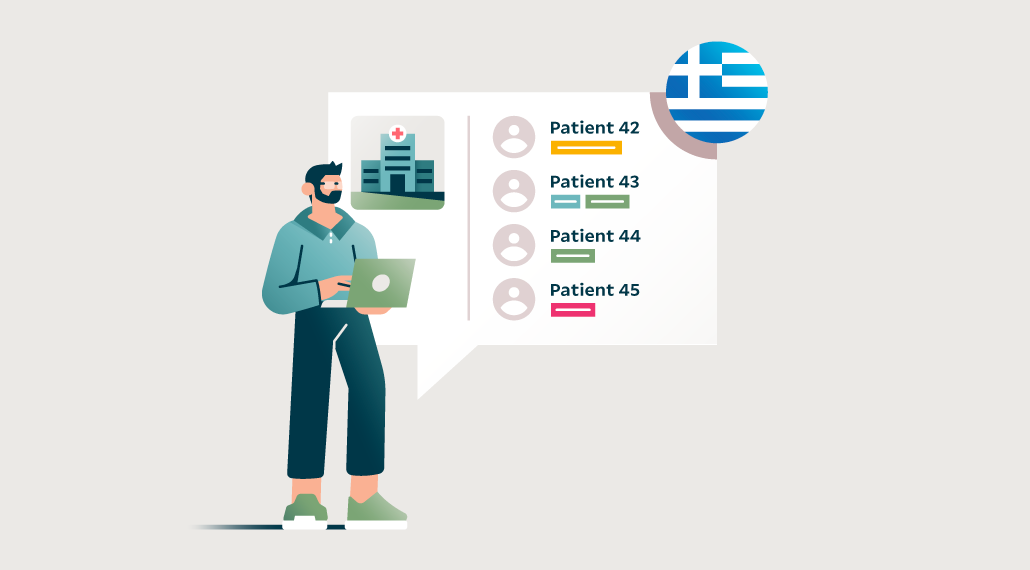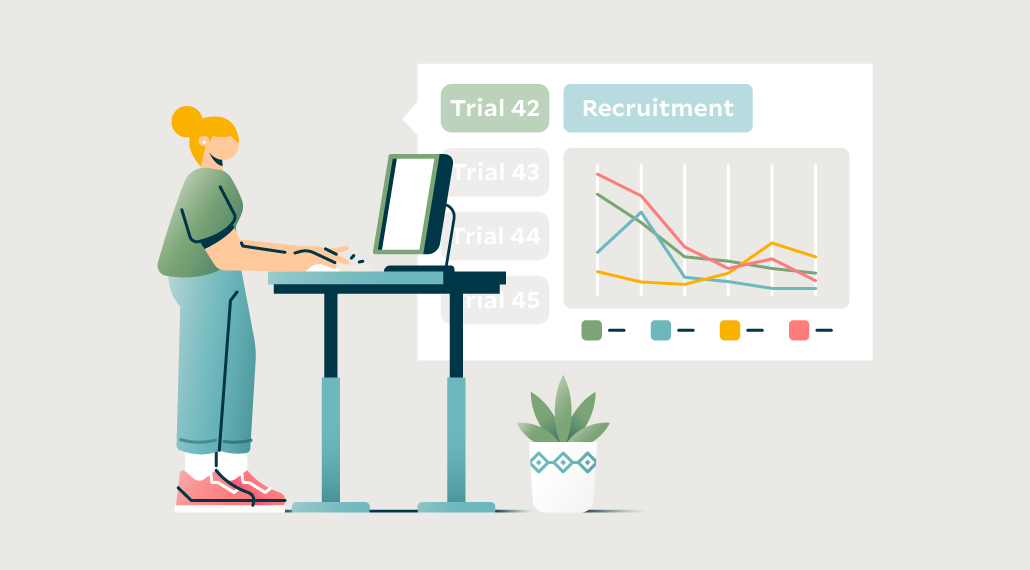June 22nd, 2022
Site Seeing: The Emotional Toll of Pediatric Trials
By Reify Health

Helping patients navigate a clinical trial can be an intense experience for research site staff, and likely even more so for sites supporting pediatric trials. Elke Colman is a study coordinator and team leader for Safepedrug Clinical Trial Unit, the pediatric division of Drug Research Unit Ghent in northwest Belgium. Elke spoke with us about the daily highs and lows of her role as a study coordinator in a pediatric research unit.
Can you tell us about your role at your site?
I have a double role. I am a study coordinator but also a team leader, responsible for the good conduct of the study, patient contact, and admin follow ups.
What does a typical day look like at your site?
I think it is hard to answer, because we do not have a typical day. All days are different. We have days where we see a lot of patients, Trial nurses and doctors visit the patients to perform the necessary activities, physical examinations, questionnaires, blood sampling. We get the medication from the pharmacy to deliver it to patients. Visits like that can take a couple of hours.
We need also to keep up with our emails and questions from sponsors, questions from our patients. We have to do a lot of admin work when we are not meeting patients. The scope of work is very broad and that makes our job interesting. We also do budget proposals for new studies, source documents for all our visits, and we need to train ourselves in the new studies.
What therapeutic areas does your site focus on?
With my team we focus only on pediatrics studies. We work together with many departments. It is not one area only. To give you some examples we work also with rheumatology, nephrology, cardiology, and oncology. But only pediatrics.
What’s your favorite part about your job?
The study coordinator role for sure! Making patients, parents, and sponsors happy!
What are some of the biggest challenges you face?
The challenge is that we have a LOT of studies running at the same time and a small team. It’s difficult to manage because there is a lot of work that goes into setting up the study and recruiting patients while ensuring good study conduct.
The other challenge is an emotional one, to see patients that are not doing well when they are not responding to the medication.
How do you overcome those challenges?
We overcome enrollment challenges by: talking with the doctors and advising them not just to try to gain as many studies as possible but instead really looking closely at the feasibility and asking the necessary questions:
- Is this a study we want to provide to our patients?
- Do we have the patients for these studies?
- Is it possible for us to conduct it?
How do you make sure your trials are accessible and equitable?
Through our network, the doctors discuss trials with potential patients, and we try to reach as many patients as possible. This is how we recruit patients. And once we receive patients at the hospital it is then on us to put in time and effort to inform the patients of the study, explaining the patient's responsibilities and ours.
What role does StudyTeam play in your daily work?
With StudyTeam we keep track of our potential patients. If we have potential patients, we add them in StudyTeam. Sometimes studies run for several years and StudyTeam helps us keep track of those patients in the pipeline.
How does StudyTeam help you communicate with sponsors?
StudyTeam helps us notify sponsors that the screening work is updated. This is most of the communication we now have with the sponsors.
Do you have any memorable experiences helping patients that you’d like to share?
For me it was not long ago. We had a six-year-old patient in a wheelchair; he started a trial with us, and after a couple of administrations of the study product, he was able to walk again. It was a very happy moment for the patients, the parents and for us as well.
Anything else you would like to add or share?
For StudyTeam we will keep on working with the tool; we see more and more sponsors using it. For us it's good if all sponsors use the same system, because sponsors always have different screening logs or a different system to keep track of potential patients. If all sponsors could use the same system it would be easier for us.
Learn how StudyTeam for Sites eliminates redundant work so you can get back to the work that matters most: helping patients.
Related Posts

How Does a Trial Manager in Greece Improve Clinical Trial Operations with StudyTeam®?
Dimitris Tziogas, local trial manager at a biotechnology company in ...
Read More
How to Address Key Clinical Trial Challenges, According to Clinresco Centres in South Africa
There’s no single solution to overcoming a research site’s specific ...
Read More
3 Clinical Trial Billing Challenges Research Sites Solve with StudyTeam
Challenge 1: Complicated coverage analysis Challenge 2: Tedious budgeting ...
Read More
